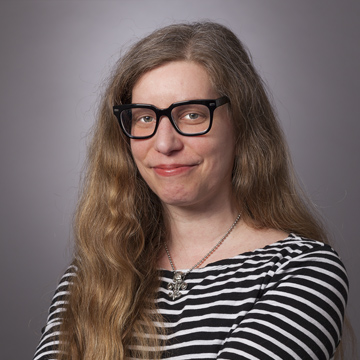One of the world’s tallest trees — the centuries-old 'Doerner Fir' — is on fire in Oregon.
Oregon's tallest fir tree is on fire, and firefighters are racing to save it.

In coastal Oregon, the state's tallest fir tree is burning.
Douglas-firs (Pseudotsuga menziesii) are Oregon's most common trees, but the tree that's ablaze, known as the Doerner Fir, is special. Measuring 325 feet (99.1 meters) tall and with a diameter of 11.5 feet (3.5 m), it is one of the world's biggest coastal Douglas-fir trees, and one of the largest trees on Earth.
It is thought to be at least 450 years old, and it grows east of Coquille, Oregon, in a forest under the jurisdiction of the U.S. Bureau of Land Management (BLM).
Oregon's Coos Forest Protective Association (Coos FPA) reported the fire on Sunday (Aug. 17) in a Facebook post. The fire began on Aug. 16 and the Doerner Fir has been burning ever since. According to the Coos FPA, flames were detected at the top of the tree and extended down its trunk. The Doerner Fir was the only tree affected by the blaze.
Firefighters with the Coos FPA worked to control the fire, building a containment line around the base of the tree; dampening the trunk from below to keep the fire from spreading; and using helicopters to douse the top of the tree with buckets of water.
Drones deployed by the BLM captured images of the treetop to help firefighters plan how to extinguish the fire and save the tree, according to a Coos FPA update on Facebook.
Related: The oldest tree in the world (and the 7 runner-ups)
Get the world’s most fascinating discoveries delivered straight to your inbox.
On Tuesday evening (Aug. 19), flames were no longer directly visible. However, infrared drone images showed a hot spot inside the trunk where fire still burned, at a height of approximately 250 feet (76 m) from the ground.
Weather this week is expected to become hotter and drier, and firefighters are on alert to make sure the fire does not spread to the surrounding trees, the Coos FPA reported.
So far, about 50 feet (15 m) from the top of the historic fir have been lost to the fire, BLM spokesperson Megan Harper told the Associated Press (AP). Though diminished from its former record-breaking height, the tree will likely survive the fire, Harper added.
"The tree is so big, it's got so much mass that it would take a while for it to burn all the way through the tree," Harper told the AP.
BLM representatives ruled out a lightning strike as the cause of the fire, based on a review of recent weather data. Officials are continuing to investigate how the fire started, according to the Coos FPA.

Mindy Weisberger is a science journalist and author of "Rise of the Zombie Bugs: The Surprising Science of Parasitic Mind-Control" (Hopkins Press). She formerly edited for Scholastic and was a channel editor and senior writer for Live Science. She has reported on general science, covering climate change, paleontology, biology and space. Mindy studied film at Columbia University; prior to LS, she produced, wrote and directed media for the American Museum of Natural History in NYC. Her videos about dinosaurs, astrophysics, biodiversity and evolution appear in museums and science centers worldwide, earning awards such as the CINE Golden Eagle and the Communicator Award of Excellence. Her writing has also appeared in Scientific American, The Washington Post, How It Works Magazine and CNN.
You must confirm your public display name before commenting
Please logout and then login again, you will then be prompted to enter your display name.


